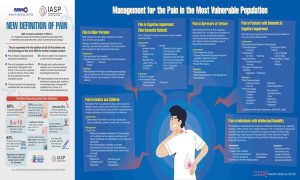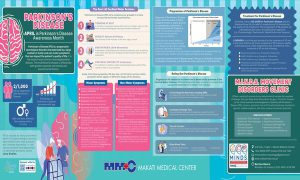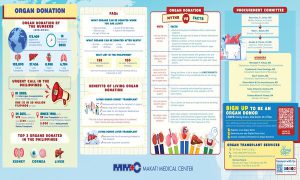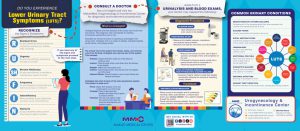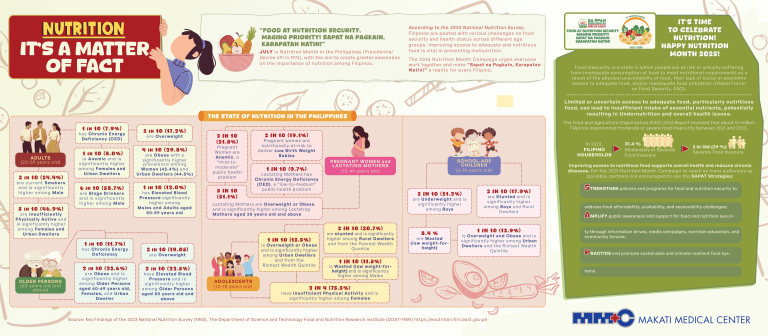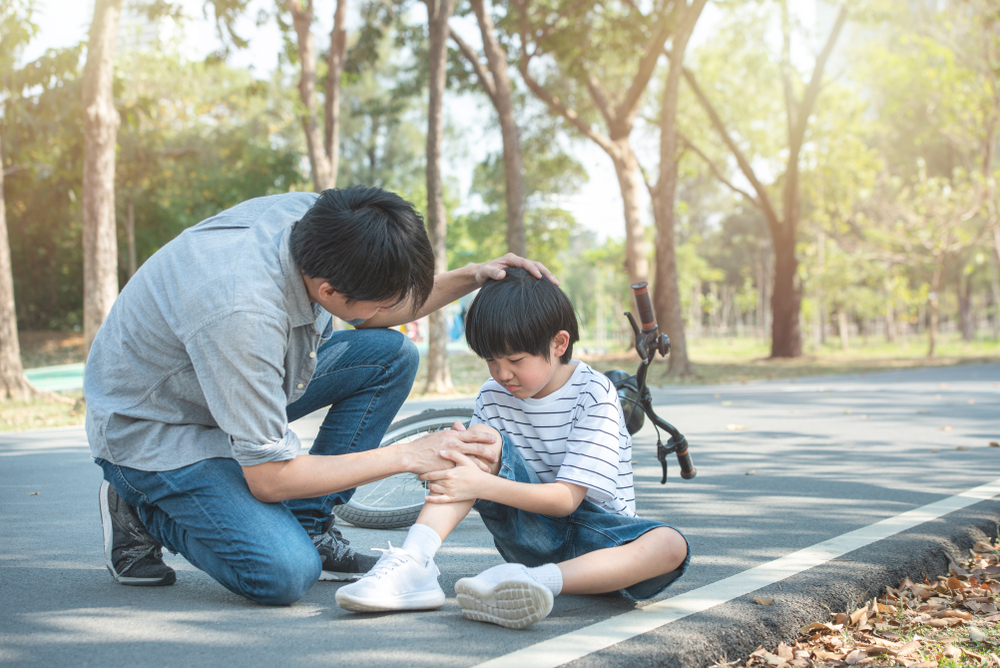
Children will be children—they are curious by nature. That is their way of understanding the world around them. Often, they tend to do things without the slightest regard for their safety, and adults cannot fault them for that. After all, they were once children, too.
Yes, curiosity is a gateway to creativity. But while curiosity is admirable among children and adults alike, curious children often equate to accident-prone kids.
From 2010 to 2019, there has been an 11% decrease in children’s deaths due to unintentional injury in the U.S., but it is still the leading cause of death for kids and teens in the country. Meanwhile, Southeast Asia ranked second in terms of the prevalence of child injury. Here, accountability goes to parents and caregivers.
Most Common Causes of Unintentional Injury
The first step in determining how to prevent injury among children is knowing its most common causes. This will allow parents and caregivers to be proactive in specific high-risk scenarios. Incidents to be wary of include the following:
- Drowning – Among children aged one (1) to four (4) years, drowning accounts for the leading cause of death due to unintentional injury in the U.S.
- Poisoning – Toddlers like to discover the world via their sense of taste. Thus, the first thing they do when they hold something interesting is to put it in their mouth, making them susceptible to poisoning. Children younger than five (5) are most at risk. In the Australian state of Victoria, at least two children visit the hospital for emergency treatment every day due to poisoning.
- Choking – This is another unintentional injury often suffered by children younger than five (5) years old. Once again, this is linked to the age bracket’s propensity for oral curiosity and discovery.
- Suffocation – This is the most prevalent cause of injury-related deaths among infants (66%). The problem is linked to sleeping environments that do not meet infant safety guidelines (e.g. clothes hanging on the crib that may be caught by the infant).
- Scalding – Hot beverages and dishes, among others, may cause unintentional injury among children.
- Falls – In the European region, fall incidents account for the most unintentional injury-related hospital admissions.
- Being struck by objects – Accidents of this nature (e.g. being hit by a baseball bat or struck by a falling box) are the second leading cause of hospital admissions among children in the European region.
- Road traffic injuries – In the Philippines, 35 road crash fatalities occur daily. Children are most vulnerable to these incidents. Thus, UNICEF, alongside its local partners, initiated the Child Road Traffic Injury Prevention (CRTIP) program to safeguard children.
9 Ways to Prevent Unintentional Injuries in Children
It is worth reiterating that children’s safety lies in the hands of the adults around them. A responsible adult will subscribe to the following unwritten rules consistently:
- Children should always be supervised, especially when swimming – Even if a child is a gifted swimmer, they must be under the watchful eye of an adult when in the water. The same level of supervision must be practiced for other activities, too.
- Store dangerous and flammable chemicals or items in a safe place – Do not tempt children by having intriguing stuff around the house. Keep these items out of their reach. They cannot be blamed for yielding to their curiosity.
- Use a car safety seat when travelling – No matter how short the distance of the drive is, protect your child with the correct and age-appropriate car seat.
- Install safety devices at home – There is no such thing as too safe. If the household budget allows it, install safety devices at home, such as safety locks, hand rails, stair gates, smoke detectors, carbon monoxide detectors, fire extinguishers, among others.
- Keep alcoholic drinks in a locked cabinet – Children will not know that the beverages mom and dad consume occasionally are not good for them. Keep alcohol bottles out of reach. The same rule applies to other potentially harmful substances that may otherwise be safe for adults, such as medication.
- Unplug electrical appliances when not in use – Wires lying around the house are trip hazards. Plus, they might tempt children to follow where those lines of wires end. If plugged, they end in sockets, which pose a legitimate danger of electric shock.
- Keep a well-stocked first-aid kit at home – Any unintentional injury requires immediate medical attention. There are some instances wherein home remedies will suffice. That is where a first-aid kit comes in. This should also include child-appropriate medicines.
- Keep a list of emergency numbers – Know who to contact in case of critical emergencies where home remedies will not cut it. The list should include the fire department, police station, and local hospitals.
- Do not keep a gun at home – If this is not possible, at least keep guns unloaded and away from children’s reach.
A Safe Child is a Happy Child
Curiosity must be supported and nurtured, but not at the expense of a child’s safety. Parents and caregivers must be strict and vocal about this. It is never too early to teach children about the risks of carelessness. Still, it is worth mentioning that accidents do happen. That is a fact of life. When that day comes, tackle the problem head-on confidently by being prepared.
Visit MakatiMed for emergency medical services. Its world-class facilities and competent staff deliver a fast road to healing while ensuring that an injured child does not lose their sense of wonder and curiosity.

